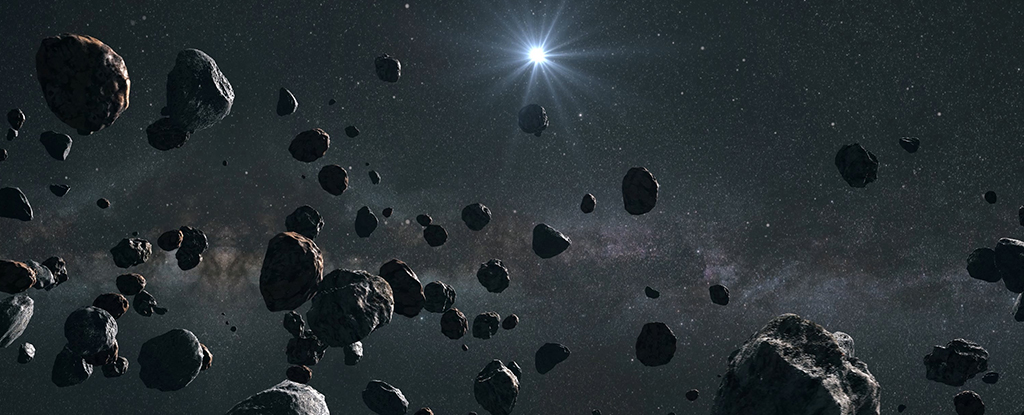Scientists used artificial intelligence to search for bodies beyond the orbit of Pluto. It has detected twice as many objects, at a distance of about 80 AU from the Sun, than humans. This means that the boundaries of our system extend further than previously thought.

Finding a target for New Horizons
A new method of detecting distant celestial bodies may change our understanding of where the boundary of the Solar System lies. This all started with the definition of a new target for the New Horizons spacecraft. In 2015, it flew past Pluto and its system for the first time. In 2019, it explored an object called Arrokoth.
But its journey did not end there. New Horizons was still functional and theoretically located in the Kuiper Belt zone. It was still a long way to the heliopause, where the Solar System should theoretically end. However, no new goal was achieved for it.
The fact is that scientists have established for some time that although objects beyond the orbit of Neptune can be found at any distance from the Sun, the orbits of most of them are grouped around 48 AU from it. In fact, our system ends exactly here.
What artificial intelligence found
However, the researchers have not given up trying to find a target for New Horizons. For this, they began to study the images taken by the Subaru telescope, located on the Hawaiian volcano Mauna Kea. However, it is extremely difficult to compare thousands of images, looking for something that shifts among a bunch of bright spots.
Therefore, scientists decided to involve a machine learning algorithm in their processing. And artificial intelligence was really able to find new objects far beyond the main disk. They are located at distances from 60 to 80 AU from the Sun.
From the location of the orbits of these bodies, scientists conclude that there may be as many as two belts of ice bodies in the vicinity of the System. The first one consists of bodies already familiar to us like Pluto, Eris and Arrokoth. The second one is twice as far from the first one and we don’t know anything about it yet. In fact, this means that the Solar System extends much further than previously thought.
According to www.sciencealert.com
Follow us on Twitter to get the most interesting space news in time
https://twitter.com/ust_magazine
